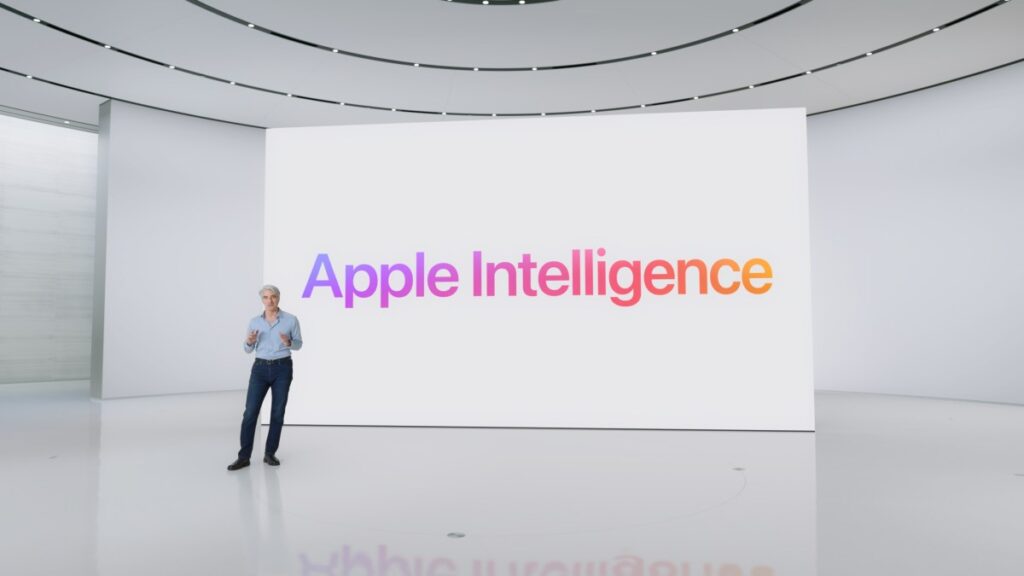When Apple unveiled its AI plans at WWDC in June, analysts suggested the feature could put the iPhone 16 on track for a new “super cycle.” Industry watchers thought that, like the addition of 5G before it, the arrival of Apple Intelligence might persuade non-iPhone buyers to upgrade their devices.
Things will likely get better once the company unveils the iPhone 16 at its “It's Glowtime” event in Cupertino tomorrow, but in the meantime, it's believed that the slow rollout of Apple Intelligence could seriously hurt the chances of a supercycle.
In June, Apple showed the world its AI efforts, firmly aligned with the company's mission statement of prioritizing user experience. Trained on small models rather than the giant black boxes behind services like Google Gemini or OpenAI's ChatGPT, Apple's efforts are focused on improving existing experiences through generative AI.
However, as Bloomberg points out today, the delay could impact iPhone 16 revenue. There were a lot of big promises at WWDC, many of which are unlikely to be delivered until 2025. Regional restrictions, such as in the EU and China, are also major obstacles. China can make or break Apple's financial performance in any given quarter. Meanwhile, the integration of ChatGPT will also not be ready in time for launch.
Leading up to WWDC, the industry was skeptical of whether Apple could become a major player in the generative AI race, but while it wowed audiences with some impressive demos at its developer conference, it still has a lot of catching up to do.
At the time of writing, the iPhone 15 Pro/Pro Max are the only devices approved to run Apple Intelligence. That could change at tomorrow's event, especially with rumors circulating that there will be more uniformity across the iPhone 16 line. The base model is expected to come with the A18 chip, while the Pro will naturally feature the A18 Pro.
While revenue is crucial to Apple and its shareholders, Apple Intelligence is a large, multifaceted endeavor that, if rushed too soon, could hurt the company's bottom line in the long term more than a gradual rollout.



